Studio Connections are a cable company building their cables in the UK and headed up by Michael Whiteside. Here Dan Worth takes a listen to their Platinum digital cables costing £1350 for 1m, terminated lengths.
Studio Connections takes a radically new approach to making cables by centring the design process on how the brain perceives spatial and positional information with sound. They first delved into the biology of how sensory receptors deduce position, distance and depth.
In developing the products, designer Michael Whiteside draws from a BSc in Electronics and over 30 years of recording music, manufacturing cables and building studios that have included recording and mix studios such as the BBC, EMI Abbey Road and King’s College, Cambridge.
“The technical result for our cables is that they have very accurate timing across the broad, high frequency spectrum, that is essential for our ability to interpret spatial awareness. The musical result is that the cables deliver faithfully, allowing us to hear incredibly natural sound and stereo with realistic dimensions.” says Michael.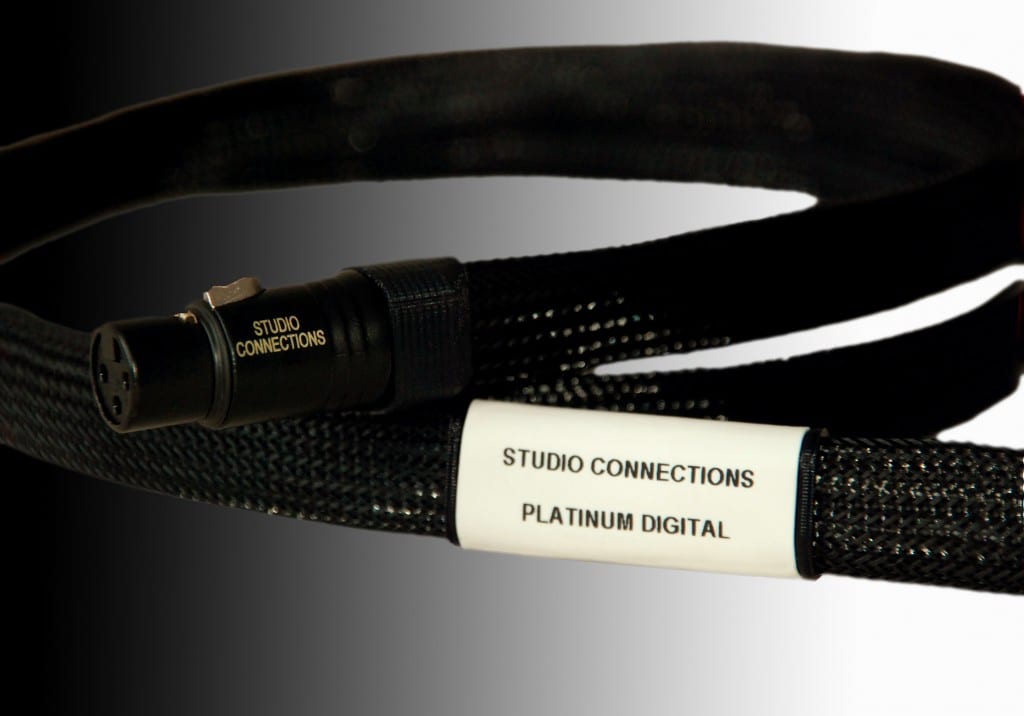
Platinum Digital cable is designed to provide excellent balance and ground path on both the balanced and unbalanced versions and to prevent stray currents and interaction between earth and signal carriers, even at radio frequency.
Like all Studio Connections cables, the conductors are formed in a high nitrogen content insulator to provide fast interconnectivity.
PLATINUM DIGITAL CABLE – Measured Technical Data and Specifications:
Conductor material: Ultra High Purity Scandinavian Copper
Primary dielectric layer: Olefinic/nitrogen foamed primary
Second dielectric layer: Solid polyethylene secondary skin
Lay: Parallel
Overall jacket PVC with Polyethylene (PET) Braid
Overall diameter 19.0mm x 7mm oval/ 0.747 inch x 0.275
Single Ended (Unbalanced)
Drain wire: 196/0.1 high purity copper
Capacitance (min) 11pF/m, 3.38pF/ft
Resistance 0.012 ohms/m, 0.0036ohms/ft
Conductor: 196/0.1 ultra high purity copper
Connectors: Studio Connections Custom RCA Gold Plated
Balanced
Conductors: 2x 196/0.1 ultra high purity copper
Capacitance (min) 11pF/m, 3.38pF/ft
Resistance 0.012 ohms/m, 0.0036ohms/ft
Drain wire: 7/0.2 tinned copper centre woven
Connectors: Studio Connections Custom XLR Gold Plated
AT FIRST GLANCE
Each cable from Studio Connections (SC) comes in a nice presentation box, not overly elaborate by any means. Often with cables one is left wishing the product cost was less and the wooden box with gold inscriptions was just a Jiffy bag. With Studio Connections it is a nice satin cardboard box, sufficient for task and is graphically pleasing.
Inside you find an oval shaped cable. I was greeted by a XLR AES/EBU and an RCA SPDIF digital cable. On inspection the cables seem incredibly well made and have an understated yet high-end feel to them, I especially liked the plugs at each end. Their grip and strain relief on the cables was tight with no gaps and very strongly adhered. I rang Michael Whiteside and asked him about the plug bodies, he told me that they are actually made in house and the bodies are formed on a 3D printer – very snazzy. The printer itself was also built in-house with custom heads and configurations for speed and accuracy.
Installing them into my system was a breeze, there is great flexibility and although for the RCA version the plug casing looks large I didn’t have any issues with varying equipment when connecting in close proximity of other cables.
I’ve been a long term user of Studio Connections cables and the former company name Abbey Road Cables, owning cables from each of their ranges over the past several years. I’ve always obtained a great balance of sound from their products and considered their ranges to be very well priced and extremely effective in application over many items of kit in various systems. My last experience with SC was about 18 months ago as I like to try new products from different companies, so when approached for a review of the Platinum Digital Cables, which I had not investigated until this time I was more than happy to accommodate the company.
THE SOUND
With the cables already being thoughtfully burned in were ready to go out of the box.
As my DiDiT DAC212 doesn’t accommodate AES/EBU I used an Audiobyte Black Dragon as my test DAC. Owning the Hydra X+ from the same company allowed me to connect both SPDIF and AES/EBU cables simultaneously and simply flick between inputs to compare with each and of course assess direct comparisons with other cables.
Similarities
This section of similarities needed to be the first and foremost piece of dialogue. Both cables have sonic differences from their respective implementation and the AES has a slightly darker or deader background, but most notably when listening to either cable I was drawn most definitely to the landscape of the image. The soundstage produced by both cables was very well locked in, allowing for a non bloated centre focus and deep, intricate details to hold areas of the soundstage that was already accompanied by other artefacts in a way that you began to believe that there really was increased layering and positional awareness of large instruments and smaller inflections of vocals and room acoustics.
For example: Joss Stone’s ‘sticky mouth’ could be heard so well that you want to offer her a glass of wine – or three. Nils Lofgren’s guitar strings sat clearly in front of the body of the instrument with clear definition on his palm heel on the wooden casket, whilst crowd applause was crowd applause rather than a Sunday morning fry up sizzling away in the pan.
The construction of each cable is effectively what SC see as being the optimal configuration of chosen materials for each of the respective applications. A true 75Ohm SPDIF and a true 110Ohm AES/EBU, the latter being more effective on longer runs, yet in most domestic environments either should suffice.
RCA SPDIF
When looking for an RCA SPDIF cable most of us settle on versions which are not true 75Ohm but rather 50Ohm. Most manufacturers believe this is sufficient, it does work and sound will travel from point A to point B, but impedance mismatches will inevitably create errors in timing, increased jitter and result in a poor or less stable image. On various pieces of equipment over time, which I knew would remain in my system for sustained periods, I would also have the RCA digital inputs reconfigured to the BNC type and always found great benefits in having the cable I was using at the time reterminated to comply. Using a Platinum digital RCA rescued me from the annoyance of pondering over this factor.
So, I began listening intently, firstly to some very bare acoustic music and gradually busied things up. During my initial listing tests I couldn’t hear any hash in the background, notes decayed ever so well and tone was really natural with expressive timbre. As things got busier, introducing more instruments and a vocalist, I could clearly ascertain each’s position within the soundstage accurately, with no blurring or smearing of the vocals. Even drum strikes would sit separately defined to string decays and reverbs. With the busiest of orchestras or dance music at volume I had a new found extra stability to my stereo imaging.
The cable doesn’t really have a sonic signature, it’s very truthful and transparent and will allow the listener to hear a cohesive and balanced rendition of a recording and will help also in ascertaining system synergy. If the sound replayed after installing one of the digital cables mentioned in this review doesn’t suit, then I would stress that there are clocking or software issues at play, or that the listener simply prefers a coloured representation of the sound, which of course is fine. If the system components are really well matched then the SC digital cables will simply just express this without bottleneck.
The Platinum digital being from a brand named Studio Connections should also not put the willies up you, there’s no analytical portrayal of the music, no hardness, grain or unwanted nasties being reflected from one point to another, just a faithful, musical and pure sound that for me, doesn’t leave me thinking about cables anymore.
Balanced
I’ve always championed the 110Ohm XLR variant and its ability to sustain longer runs without affected noise pollution, better noise rejection and of course the stability and low mass of the plugs’ conductors themselves.
In any balanced situation an 110Ohm cable will win over an RCA cable… this will be debated by tube lovers and the single ended circuit design of course. However, my latest preamp is a single ended design with unbalanced XLR outputs allowing for an XLR cable construction to be used. Many other cables can boast superior noise rejection properties in their most complex forms over XLR in its most basic, but I am purely commenting on the basic structures and standard implementation.
Using the Platinum digital AES/EBU over the SPDIF variant allowed for what seemed to be an increase of just a few percent in leading edge clarity and decay prominence. I believe that in this test, within my room and system that the AES was a superior implementation and companion to the digital front end I had in play from Audiobyte.
Transient response seemed faster also and if you could say that the RCA was a little softer then the AES was a little sharper, not in tonality but in the rendering of edges and decays. The SPDIF version could be said to be a little more musical and the AES a little more detailed, but this really would be system dependant and the differences are minor. The XLR based digital Platinum cable gave a little more clarity also to a male vocalists’ lower tones and the RCA a little more roundness to a females’ top end.
Most notably during all of my listening sessions with this cable was just how unforced and musical the sound was, ever so less digital and the imaging was just so much tighter, giving a feel of more accurate timing with realistic reverbs and decays. Everything I was hearing made more sense over all the other high-end digital cables I’ve heard to date and I felt the review item was really just ‘fit and forget’. Nothing stands out but everything is better – if that makes sense?
CONCLUSIONS
It’s clear to understand how Michael Whiteside has spent so much time in the professional arena and how his skills are referred to as ‘absolutely crucial’. It’s so easy to put wire into plugs and make a connection, but really understanding the true physics of each application of cable is absolutely paramount.
I appreciate the way Michael talks about cables and the analogies he has in describing design attributes to the less knowledgeable of us and when you hear how he explains topics to even the least savvy of us one can readily relate to what he is conveying and all information passed on from him to the industry and customers alike is all researchable and verifiable. There’s no BS (apart from the industry standard) involved, it’s just good honest dedication, experience and a commitment to his chosen sector of the industry and I guess this is why he is somewhat indispensable in his area.
Moving from one area of audio into another doesn’t always transfer well, but a cable is a cable right? Wrong, each cable needs a pragmatic and experienced approach to determine it suitable for its chosen application. Then there is the tweaking of the standards to produce a superior version, I guess having a physics background can help with the relationships of electrons to dielectrics and material interaction on a tribo-electric level. Somehow I don’t think most of us care really.
What we do care about is a cable which is honestly made by an individual who can clearly prove his credentials and review processes such as these which independently broadcasts opinions on the cables in question. I have had a lot of cabling from all over the world and I can stand on my oath and state that Studio Connections Platinum Digital Cables are some of the very best and the fact they are built here in England makes me smile even more.
Well constructed
Neutral and highly transparent
Impeccable timing and soundstaging
Cons:
Same with all high-end cables, they do cost a pretty penny.
Price at time of review – £1350 1m
Dan Worth














































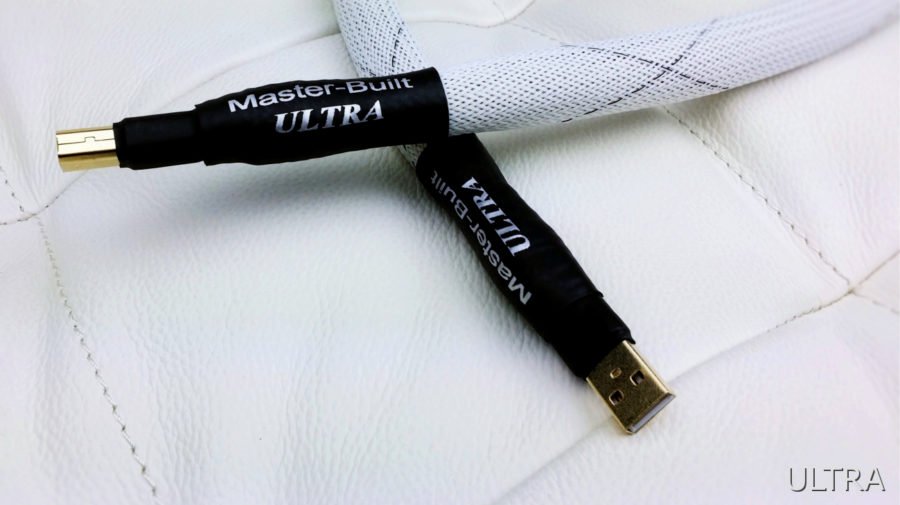


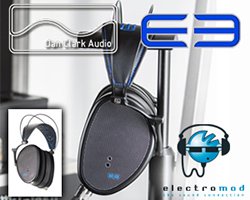
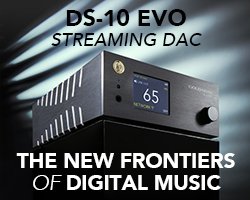
















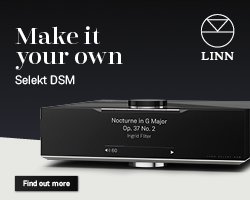















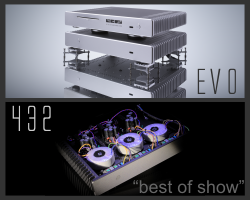

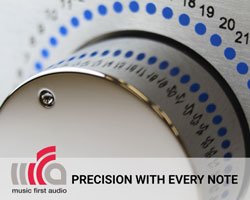

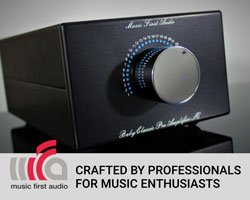




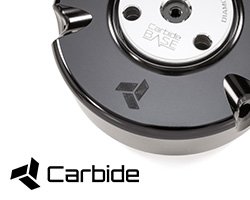
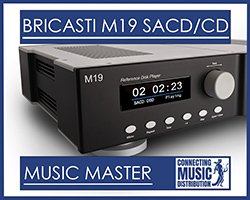

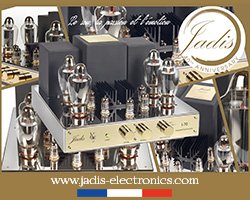

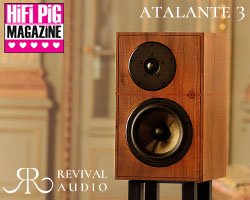
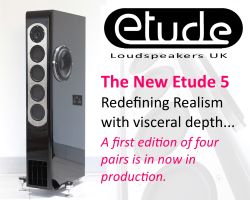

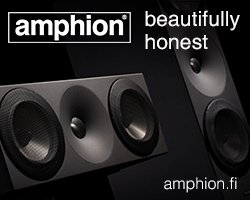
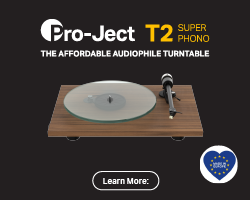
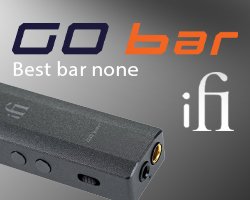

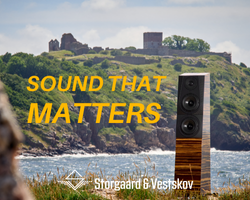


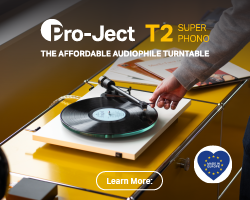






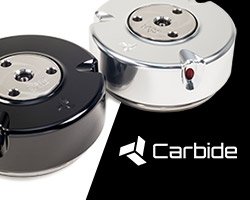


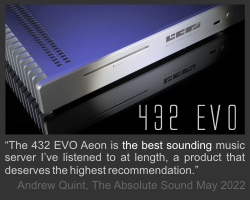



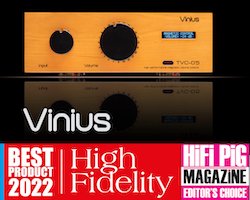








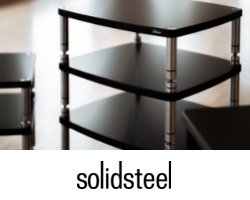
















































You must be logged in to leave a reply.